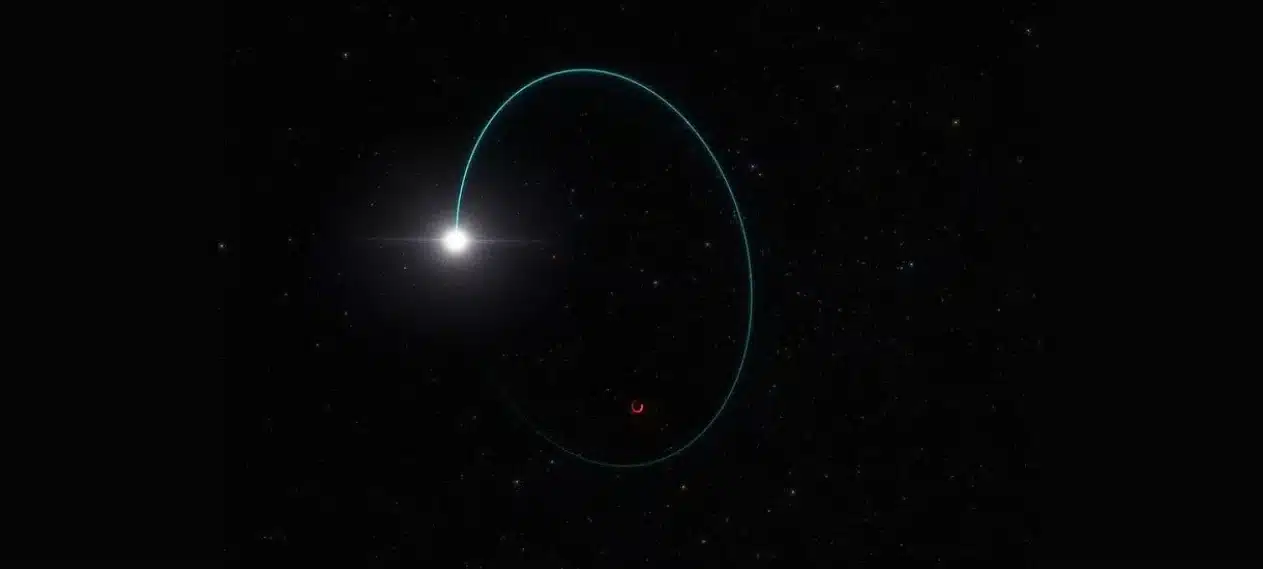The discovery of a massive black hole in the Milky Way, dubbed Gaia BH3, has garnered significant attention from astronomers. Here are the key points:
- Size and Location: Gaia BH3 has a mass about 33 times greater than that of our sun, making it the largest known stellar black hole in the Milky Way, aside from the supermassive black hole at the galaxy’s center. It is located relatively close to Earth, about 2,000 light-years away, in the constellation Aquila.
- Discovery: Astronomers identified Gaia BH3 through observations made in the European Space Agency’s Gaia mission. The black hole’s presence was detected because it caused a wobbling motion in its companion star. Data from ground-based observatories, including the European Southern Observatory’s Very Large Telescope in Chile, were used to verify its mass.
- Peculiar Characteristics: Gaia BH3 and its companion star exhibit peculiar traits. They are traveling within the galaxy in the opposite direction of typical star orbits in the Milky Way. The black hole’s progenitor star, which likely had a mass over 40 times that of the sun, had a low metallicity, suggesting it formed early in the universe’s history.
- Formation: Gaia BH3 likely formed from the collapse of its progenitor star after it exploded in a supernova. The explosion scattered some material into space while the remaining core collapsed to form the black hole.
- Support for Stellar Evolution Models: The discovery of Gaia BH3 supports stellar evolution models indicating that massive stellar black holes can only be produced by low-metallicity stars like its progenitor.
- Companion Star: Gaia BH3’s companion star, which orbits the black hole, is about 76% of the mass of the sun and orbits at varying distances, ranging from 4.5 to 29 astronomical units (AU) away from the black hole.
- Scientific Debate: The maximum mass for a stellar black hole is still a subject of debate among scientists. Gaia BH3 adds to the understanding of stellar black holes and their formation processes.
Overall, the discovery of Gaia BH3 provides valuable insights into the nature of stellar black holes and their role in the cosmos.

